Scientist-led conferences at Harvard, Stanford and MIT
-
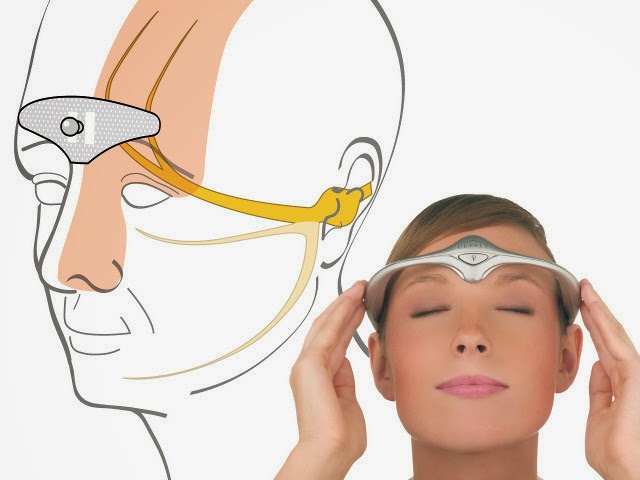
Electronic headband may prevent migraines
Cefaly The Cefaly headband is a battery powered device that may prevent migraine headaches. It works by pressing a self adhesive electrode, positioned at the center of person’s forehead, which sends an electrical signal through the skin to the trigeminal nerve. By stimulating the nerve, the device was shown to help prevent the migraine headaches in…
-

Crowdfunded virtual reality game engages dementia patients
Pozible campaign Alzheimer’s Australia Vic‘s Microsoft Kinect sensor app places dementia patients inside a “virtual forest” where breezes blow, snow falls and butterflies fly in a peaceful but interactive environment. The organization previously developed a virtual dementia simulator for teaching carers about the reality of living with dementia. They believes that using game technology and…
-
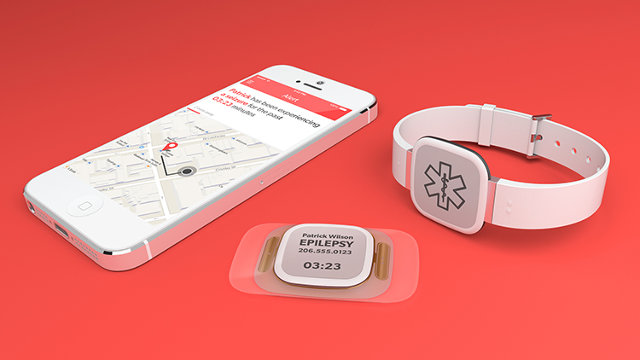
Wearables track, manage, predict epileptic seizures
Artefact Dialog | SmartMonitor Artefact Dialog allows epilepsy patients to track, manage, and predict seizures. The patch-like wearable connects via Bluetooth to a smartphone app. It can help wearers remember to take their medications, warn them about seizures, and alert friends, family, or caregivers when a seizure happens. Connected apps help users analyze where they…
-

Biomarkers predict dementia
Nature paper | Georgetown release Georgetown professor Howard Federoff and colleagues have developed a blood test they claim has the potential to predict whether a person will develop symptoms of dementia within two or three years. The test was identified in a preliminary study involving 525 people over 70. The subjects’ cognitive skills, memory skills, and blood were…
-
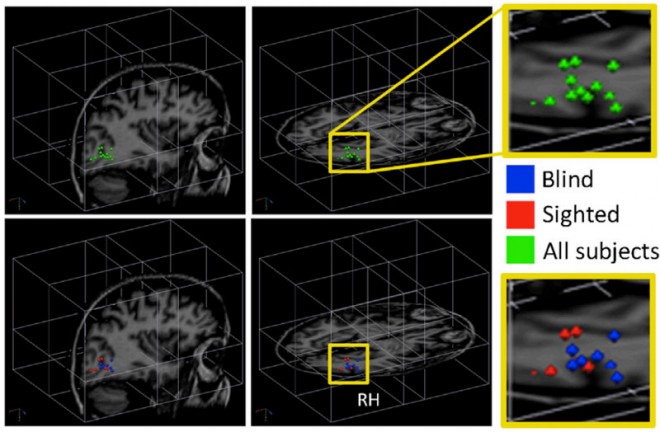
Visual cortex activated by audio stimuli
Current Biology | Wired Hebrew University professor Amir Amedi has used an augmented reality device to allow the blind to “see” by converting images to complex sounds. The user is able to form a mental image of objects, including people, in front of them. The cerebral cortex is activated when sighted people see an outline…
-
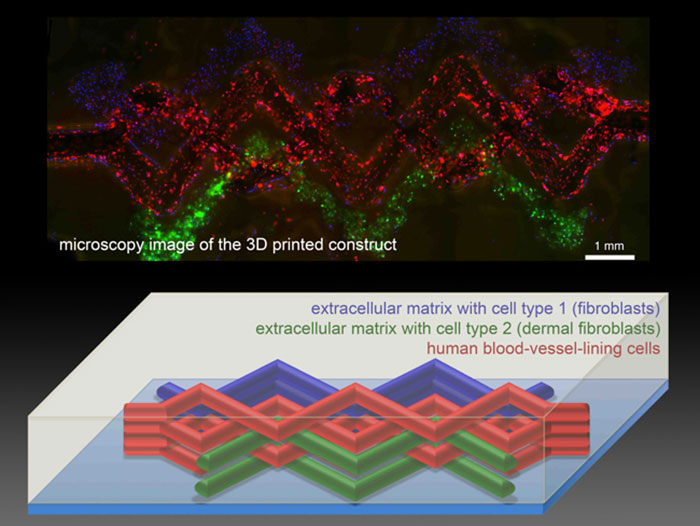
3-D printed organs interlaced with blood vessels
MIT Technology Review Harvard professor Jennifer Lewis has created a patch of tissue containing skin cells and biological structural material interwoven with blood-vessel-like structures using a 3-D printer and “disappearing” ink. Lewis’s team created hollow, tube-like structures within a mesh of printed cells using an “ink” that liquefies as it cools. The tissue is built by…
-

UCSF creates immersive, virtual reality lab to study the brain
Neuroscape Lab UCSF professor Adam Gazzaley has created Neuroscape Lab, where scientists use various technologies to make functional recordings of research participants as they move around and interact inside 3-D environments. His goal is to “study novel neuro-diagnostic and therapeutic approaches, with the primary goal of driving rapid translation of neuroscience to real-world solutions.” This is an…
-
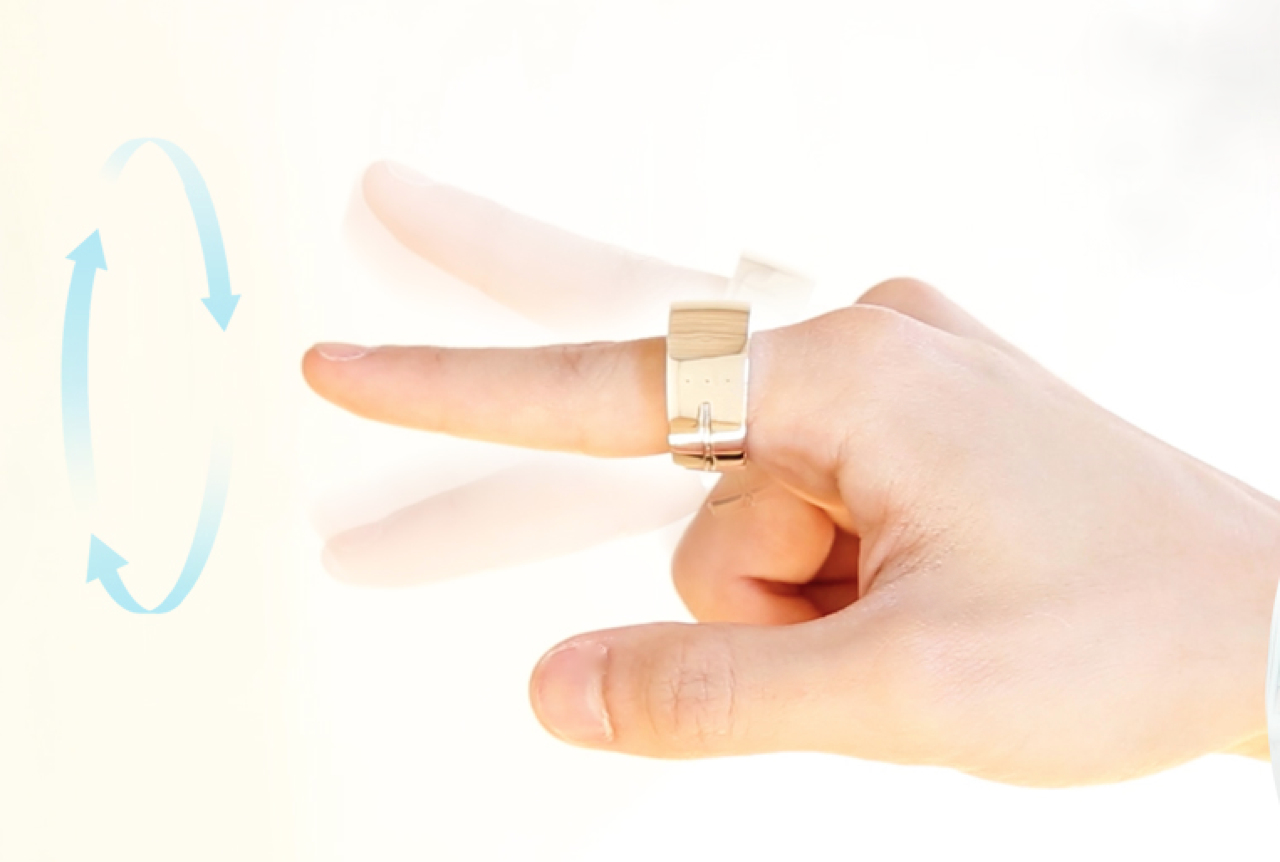
Crowdfunded, gesture controlled, bluetooth ring
Kickstarter campaign Logbar‘s sensor ring recognizes finger gestures and controls devices. “Ring” allows the wearer to write text messages by drawing in the air, make mobile payments, or control lights or a television. It is being tested for use with the Pebble watch, quadcopter drones and Google Glass. It can be programmed to respond to original shape gesture…
-
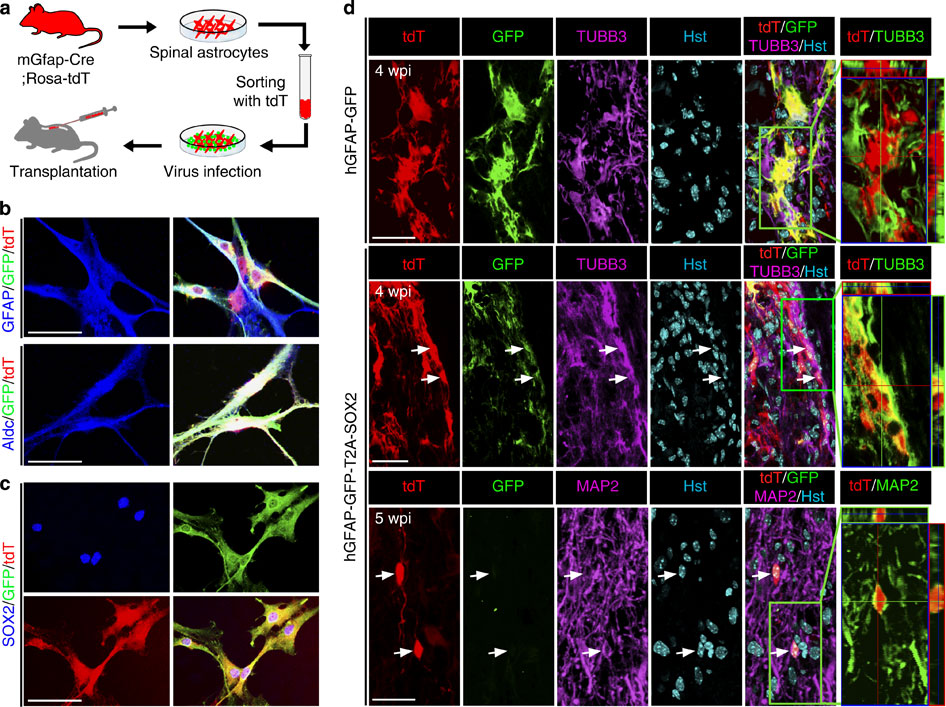
Researchers generate neurons in brains, spinal cords
UT Southwestern release | Nature paper UT Southwestern Medical Center researchers created nerve cells in the brains and spinal cords of living mammals without the need for stem cell transplants to replenish lost cells. Their goal is to regenerate neurons from the body’s own cells to repair traumatic brain injury or spinal cord damage, and to treat…
-
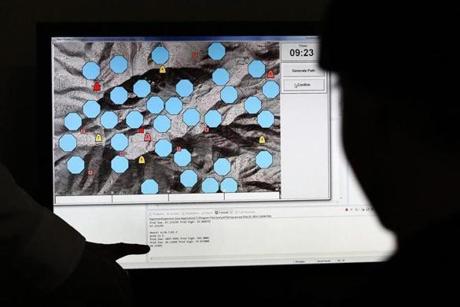
fNIRS headband measures boredom, fatigue, focus in air traffic control simulation
Tufts paper | Boston Globe Tufts professors Robert Jacob and Sergio Fantini are developing an fNIRS based headband to read brain activity, enabling a computer to determine whether the wearer is bored, fatigued, or sharp. They recently tested the method in an air traffic control simulation. With functional near infrared spectroscopy, a row of lights embedded in…
-
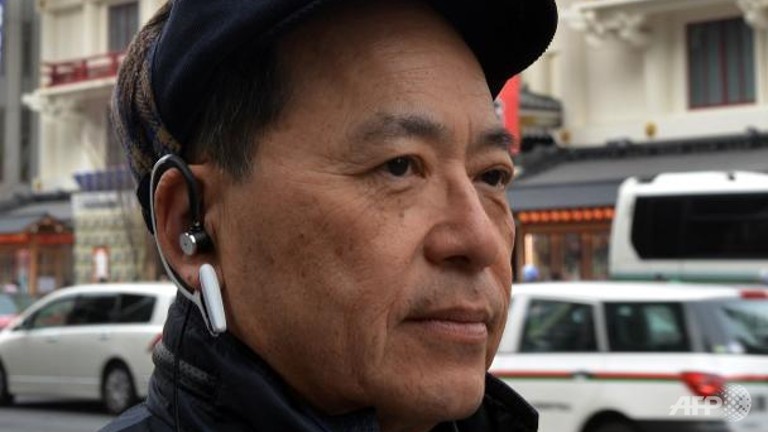
Facial expression controlled ear computer/health monitor
AFP | Japan Times Kazuhiro Taniguchi of Hiroshima City University has developed a 17 gram “Earclip-type Wearable PC” equipped with a GPS, compass, gyrosensor, battery, barometer, speaker and microphone. A microchip and data storage enable users to load software. The device is being tested now, with promising applications for the elderly and disabled. The system…
-
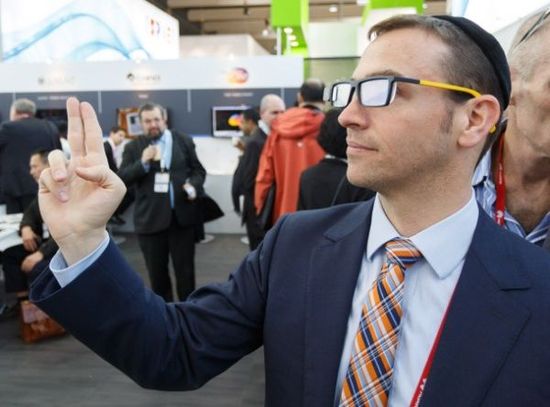
Lumus/EyeSight partnership to rival Google Glass
In an effort to compete with Google Glass, gesture control company EyeSight Mobile has partnered with smart glass company Lumus. The combination allows one to browse Facebook, play games, or control navigation instructions shown in a head-up display by holding out a finger to tap on icons or swipe away notifications. EyeSight plans to add the ability…
Got any book recommendations?